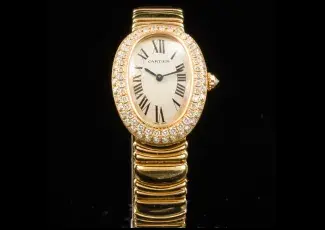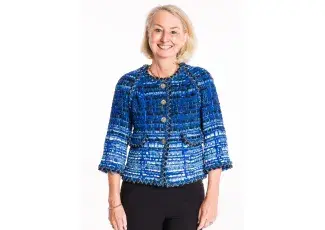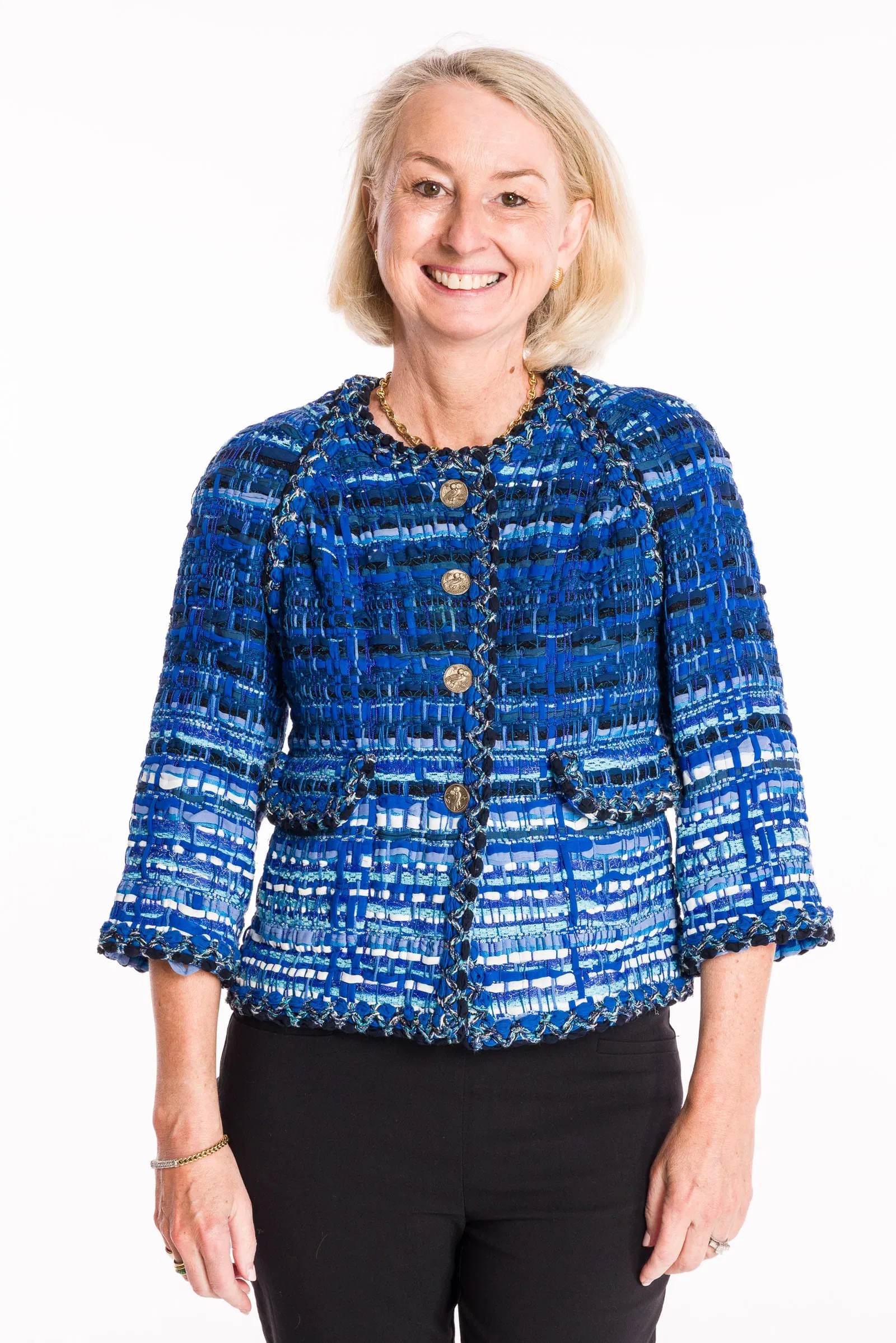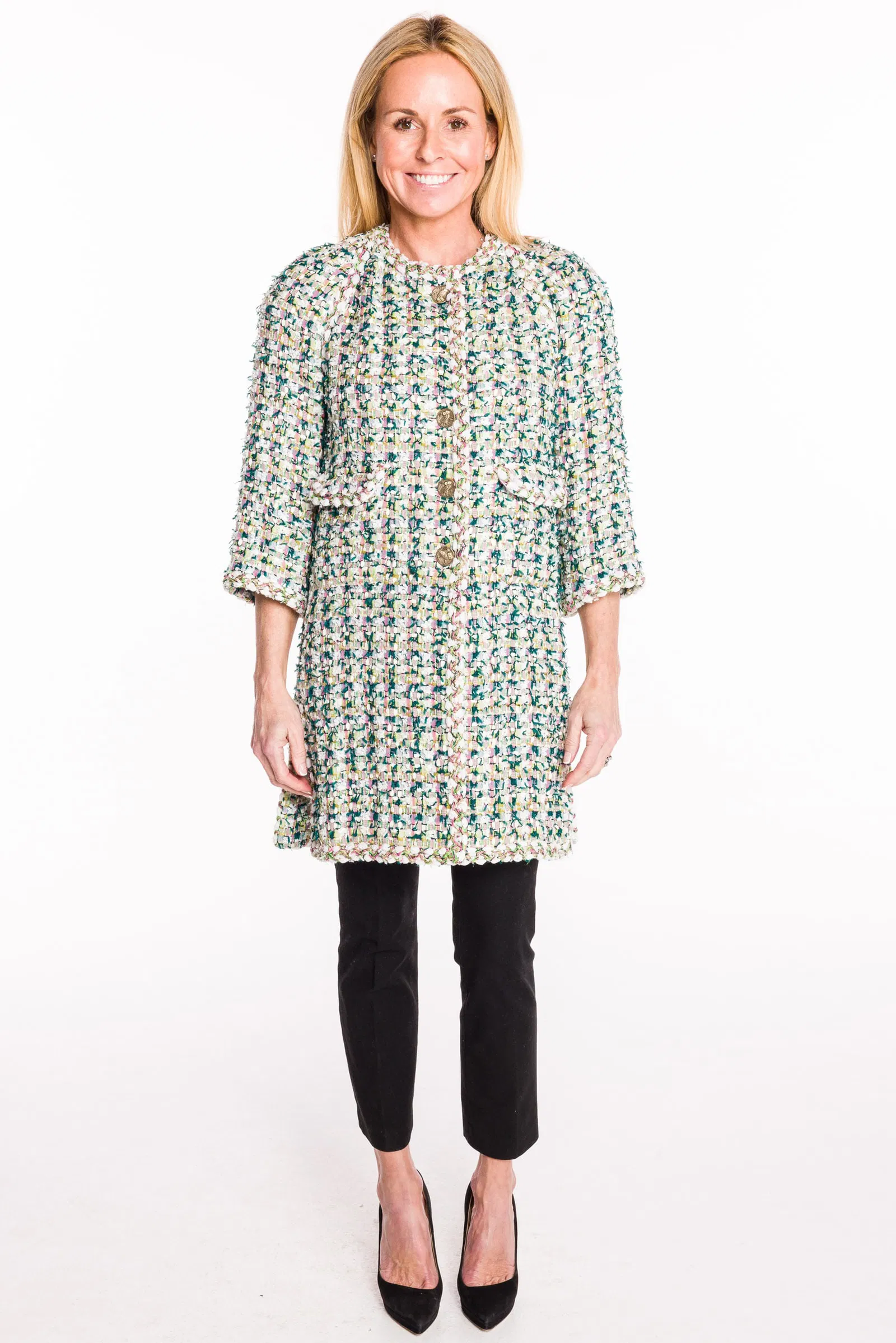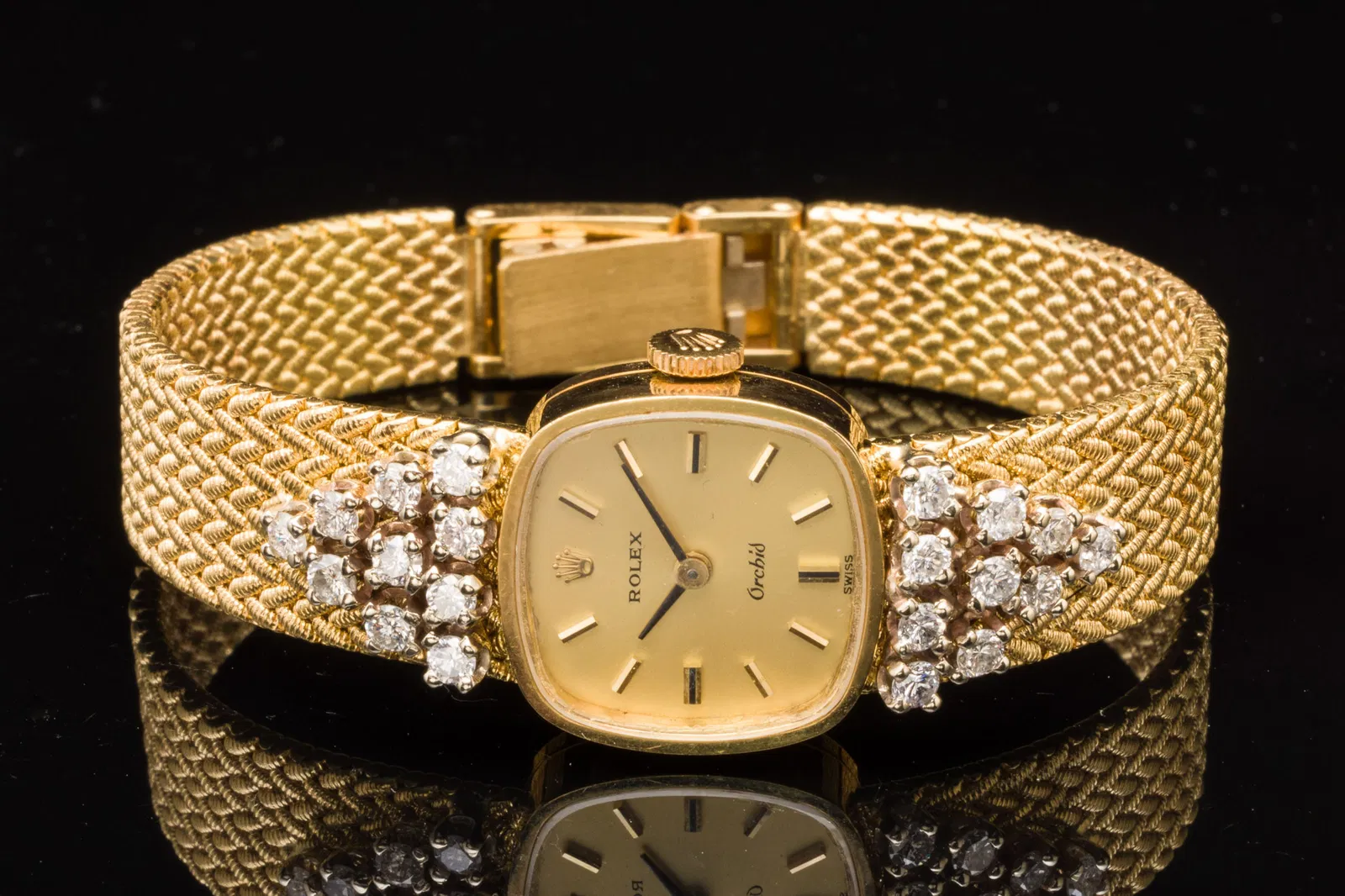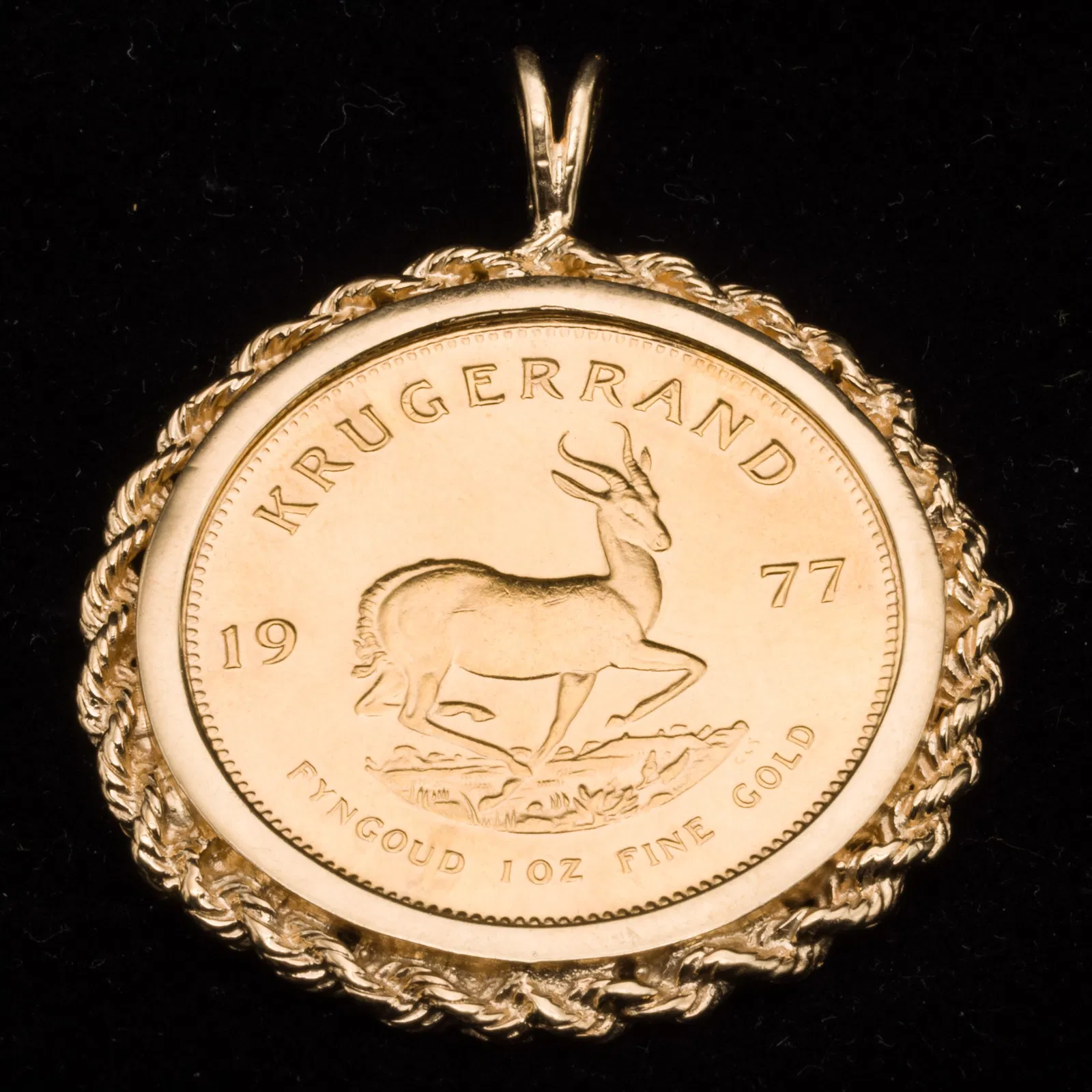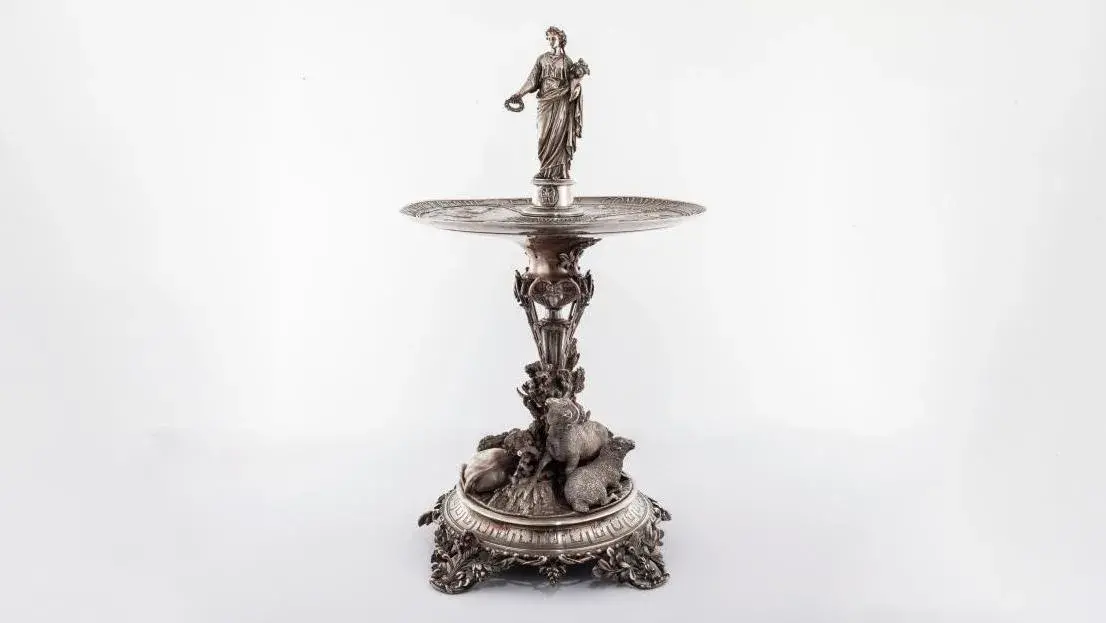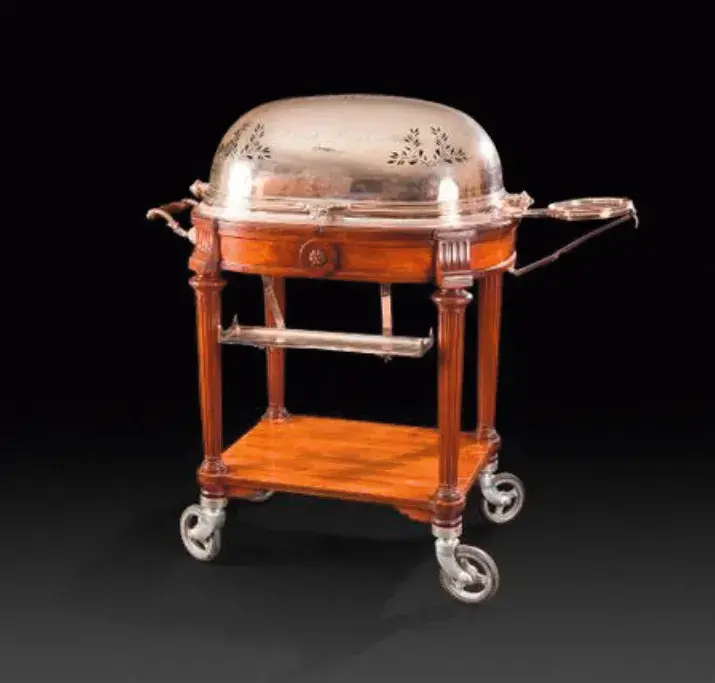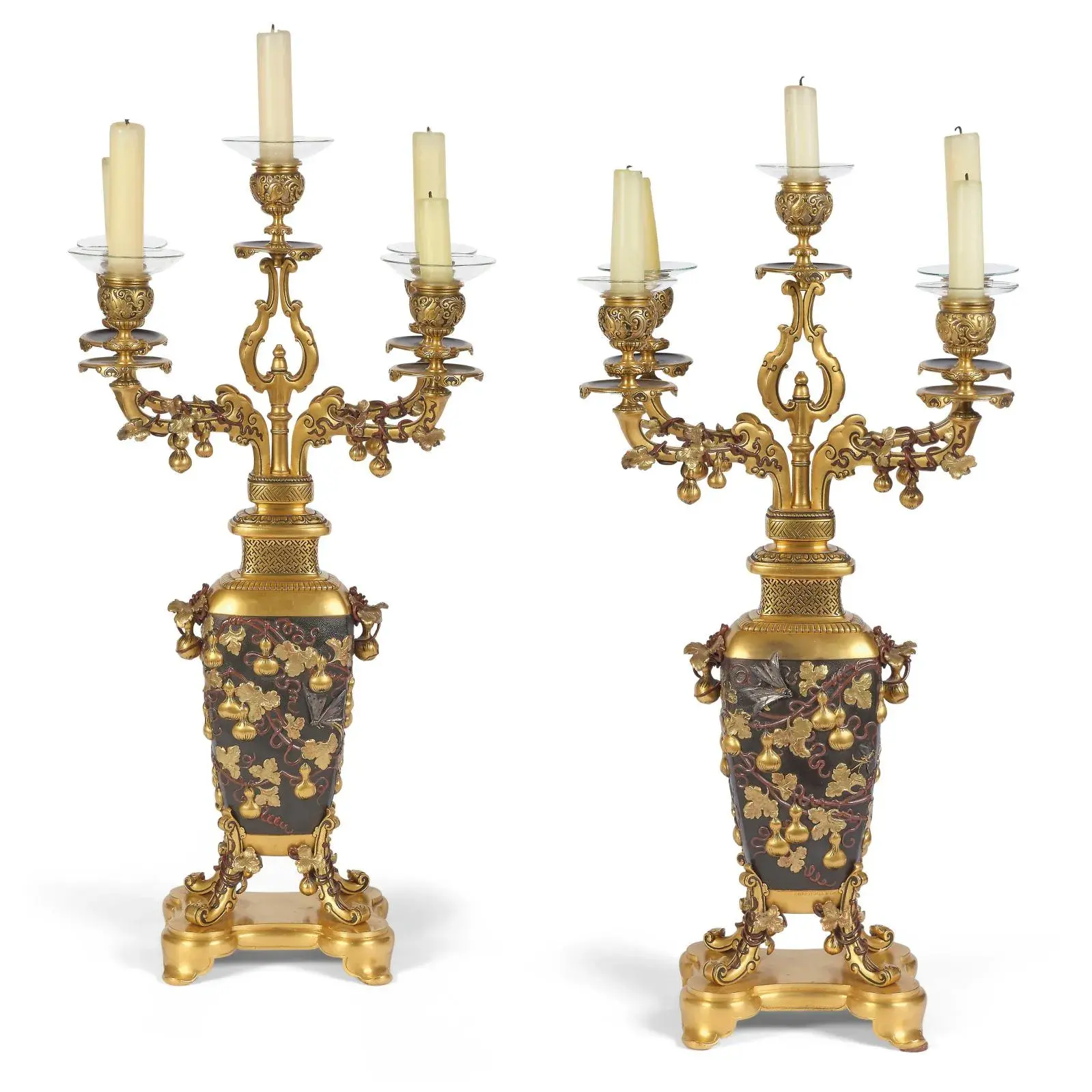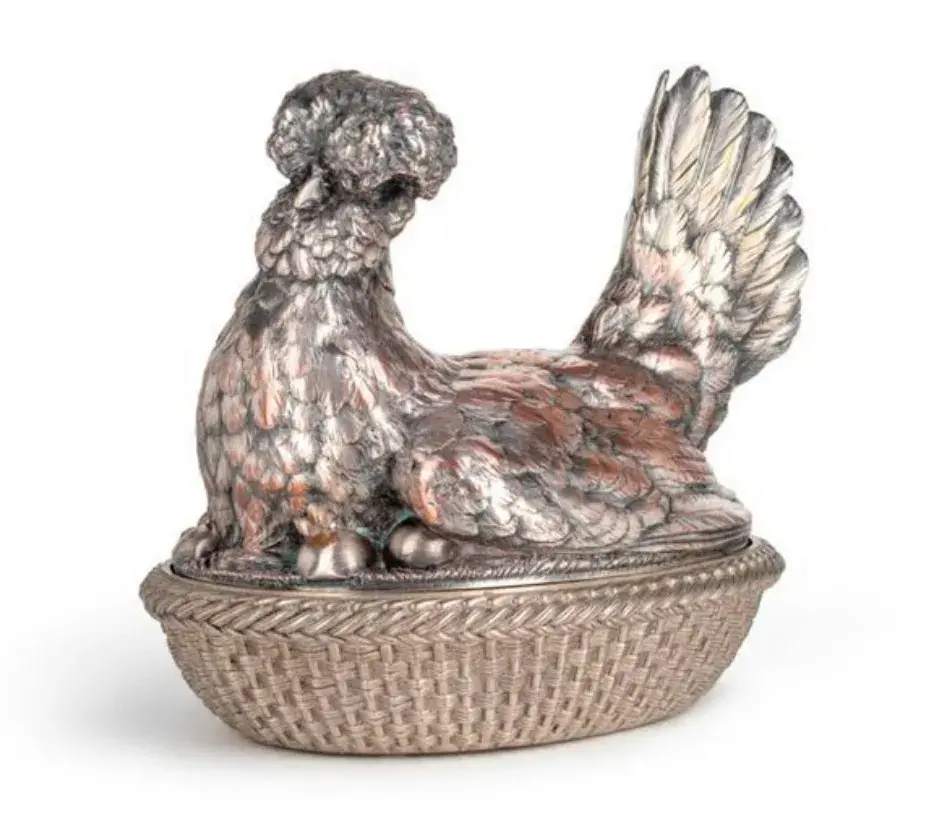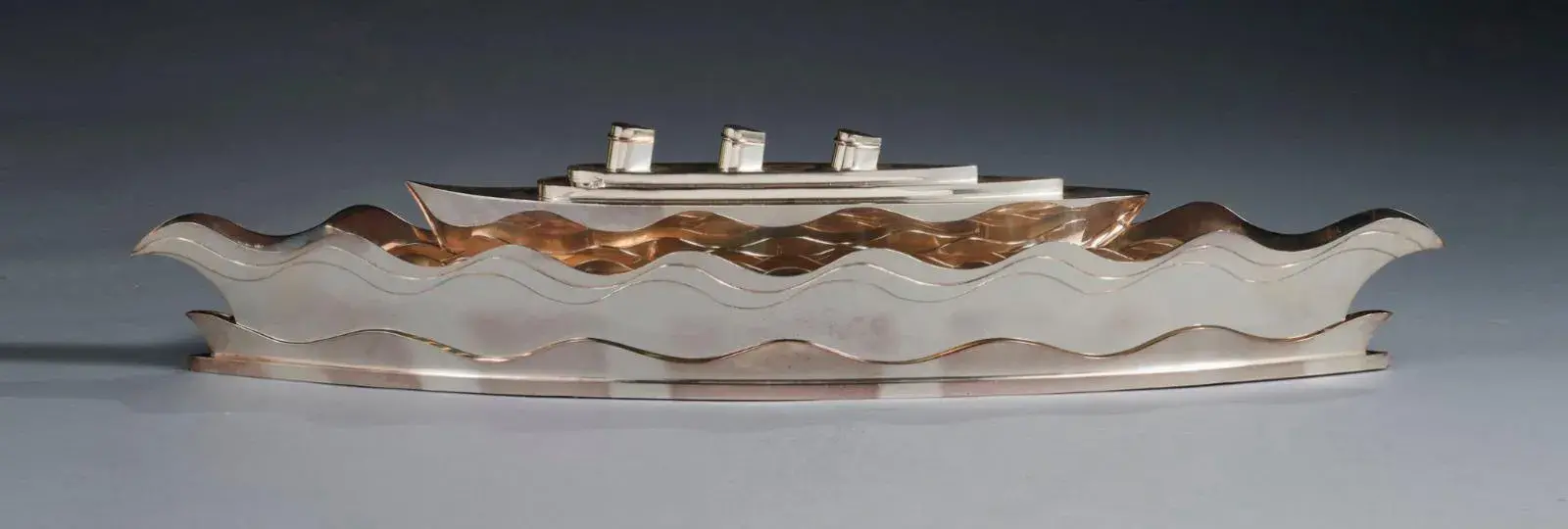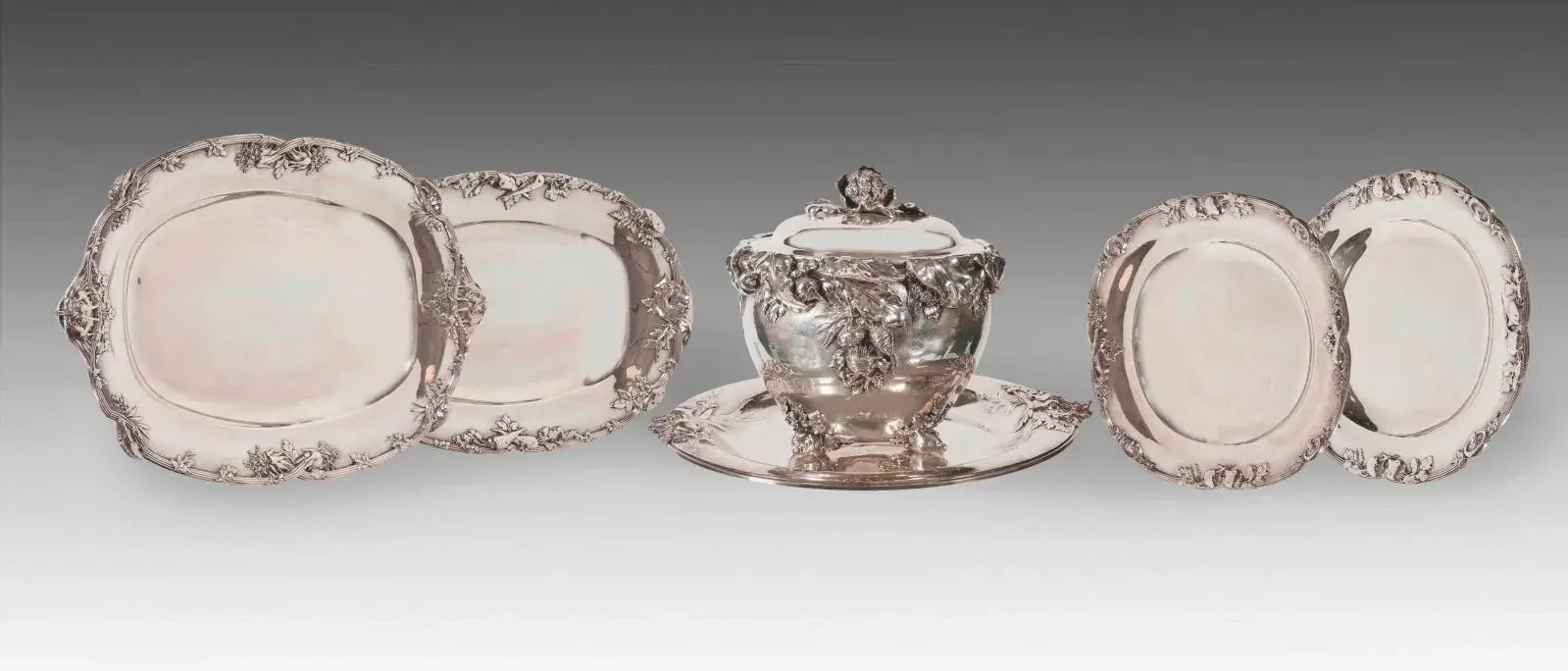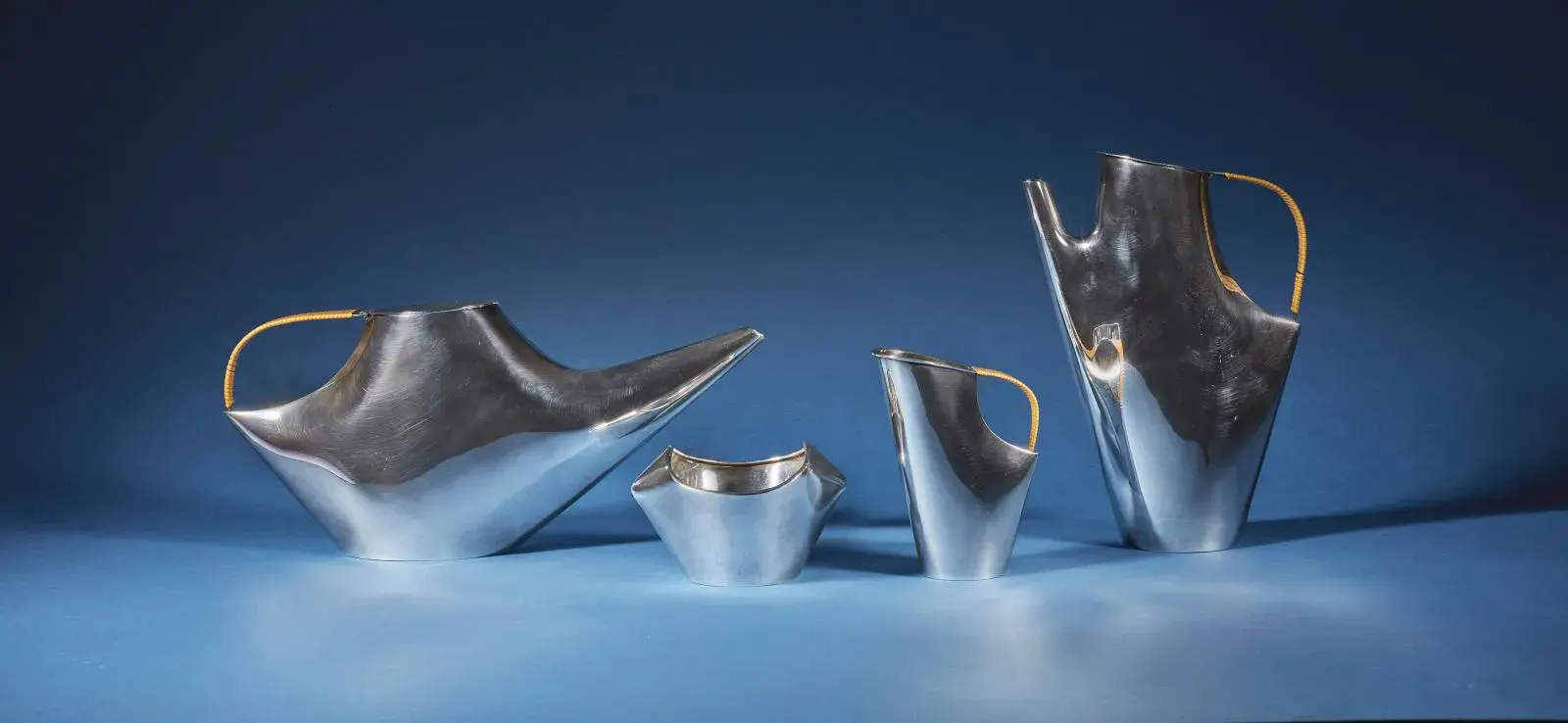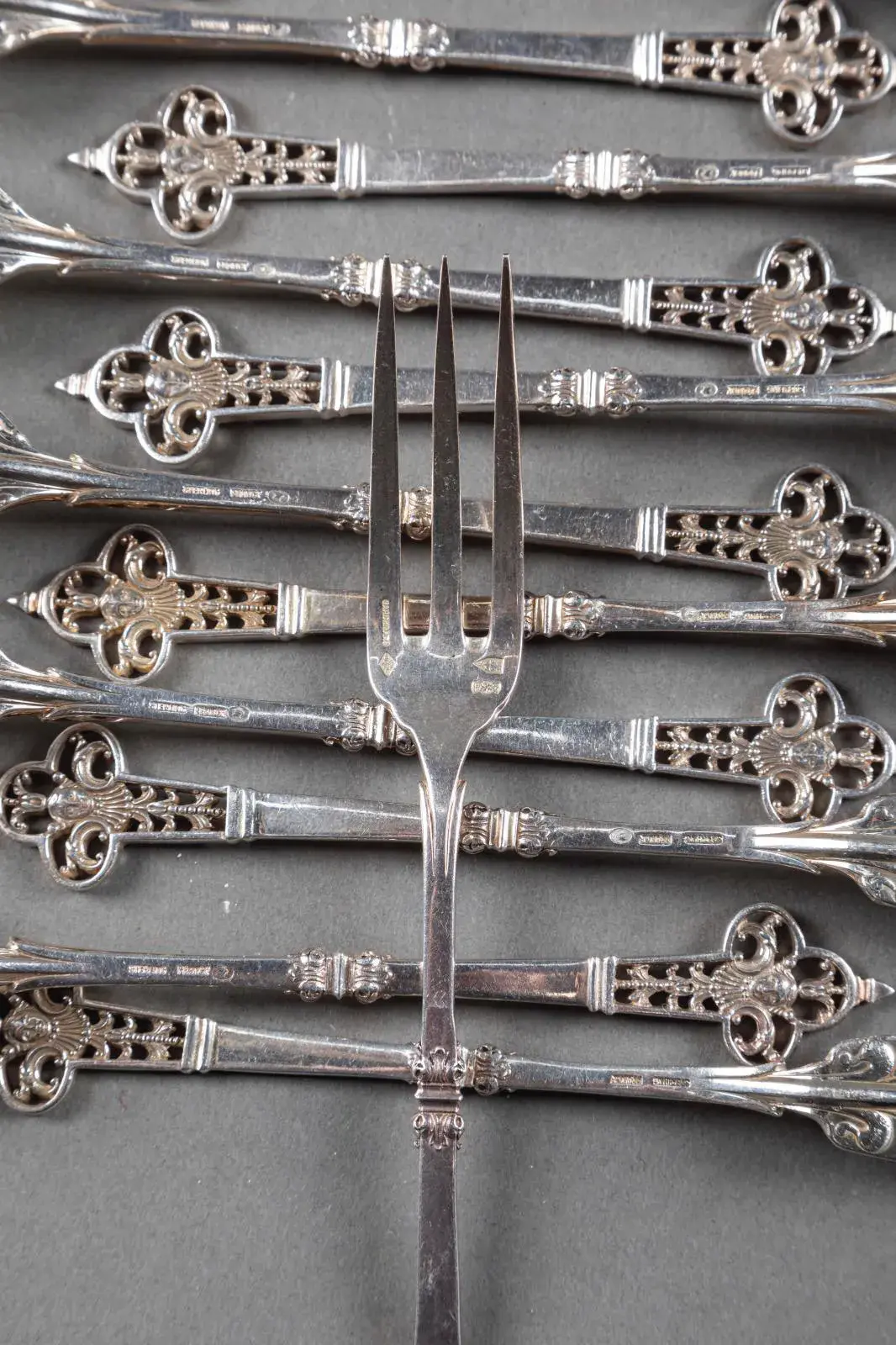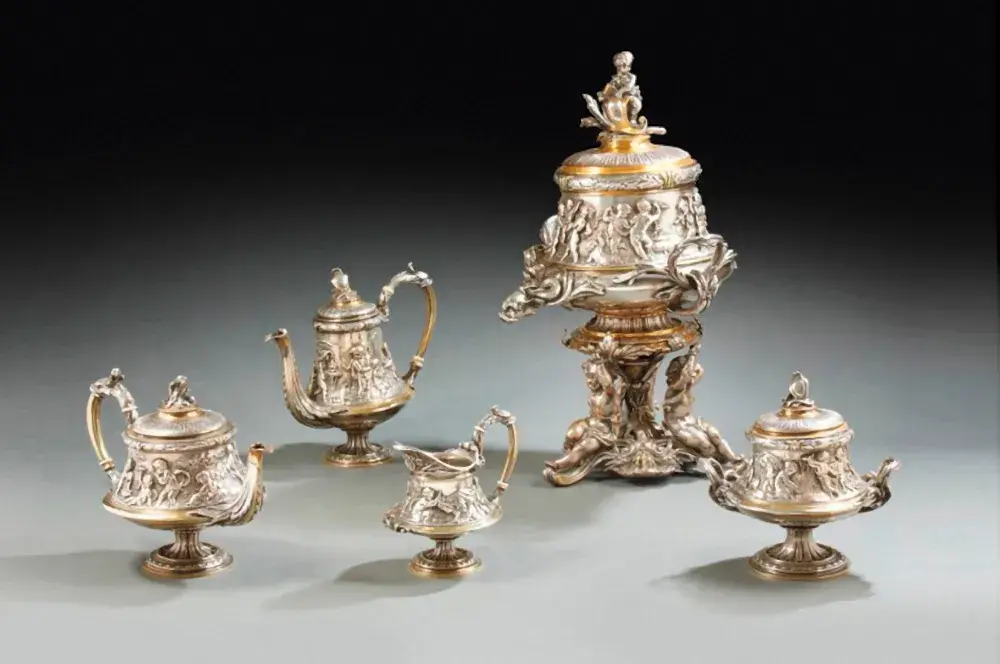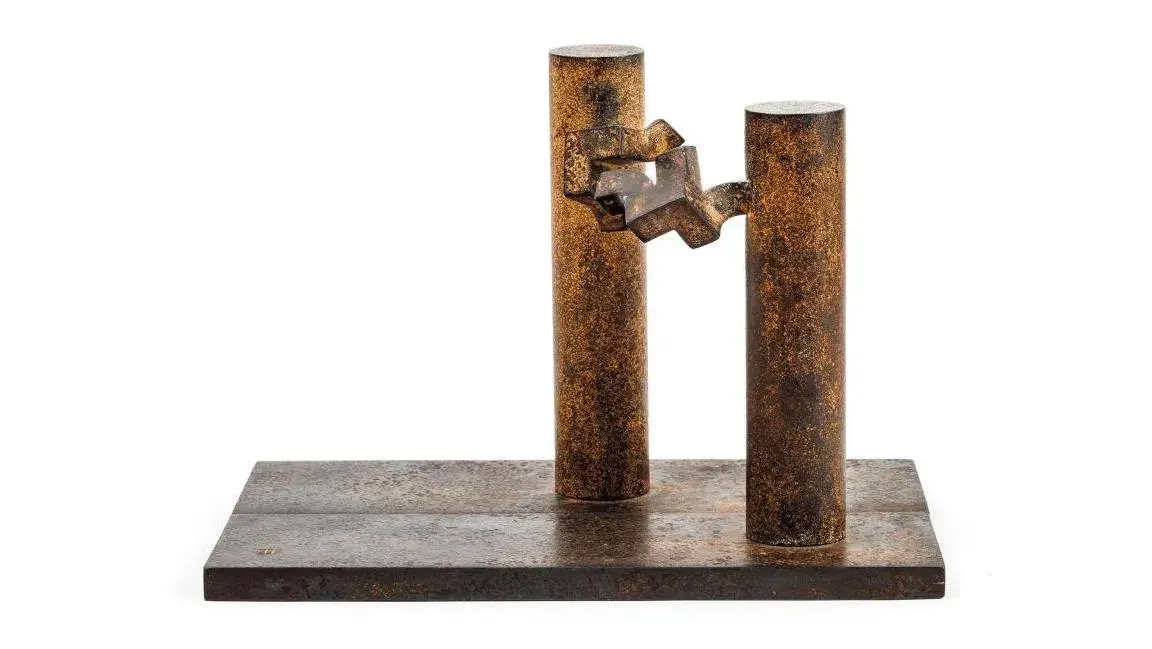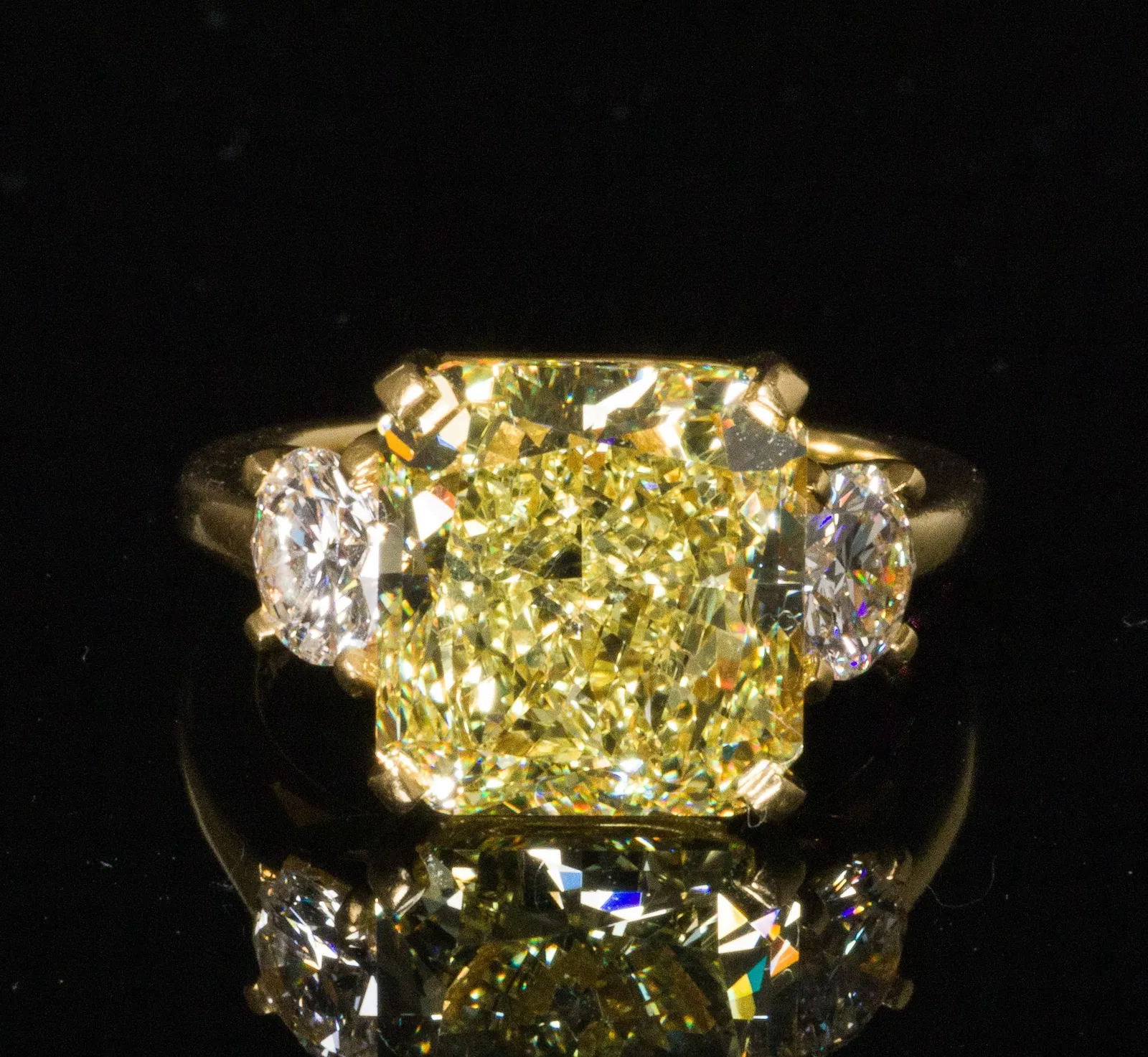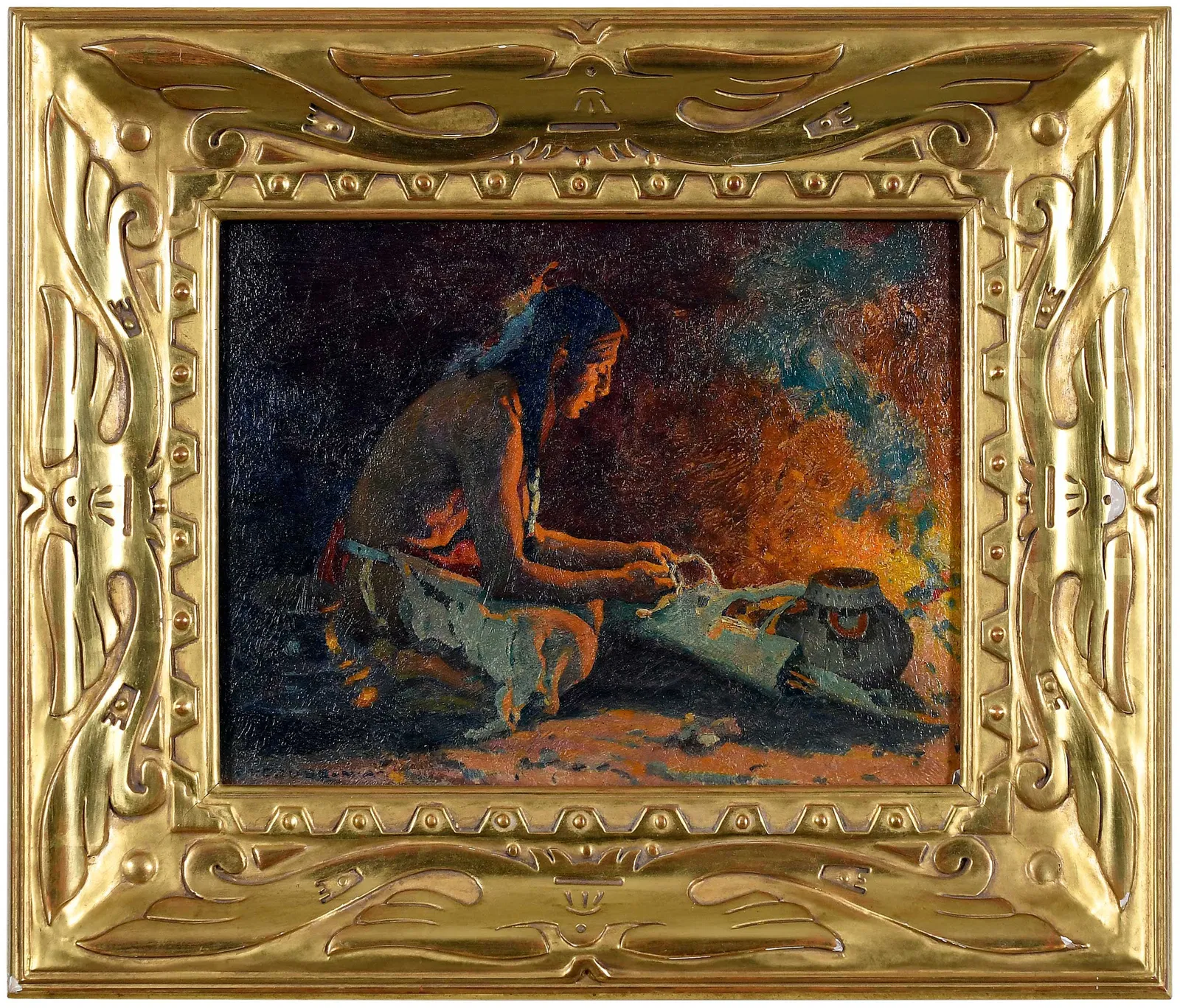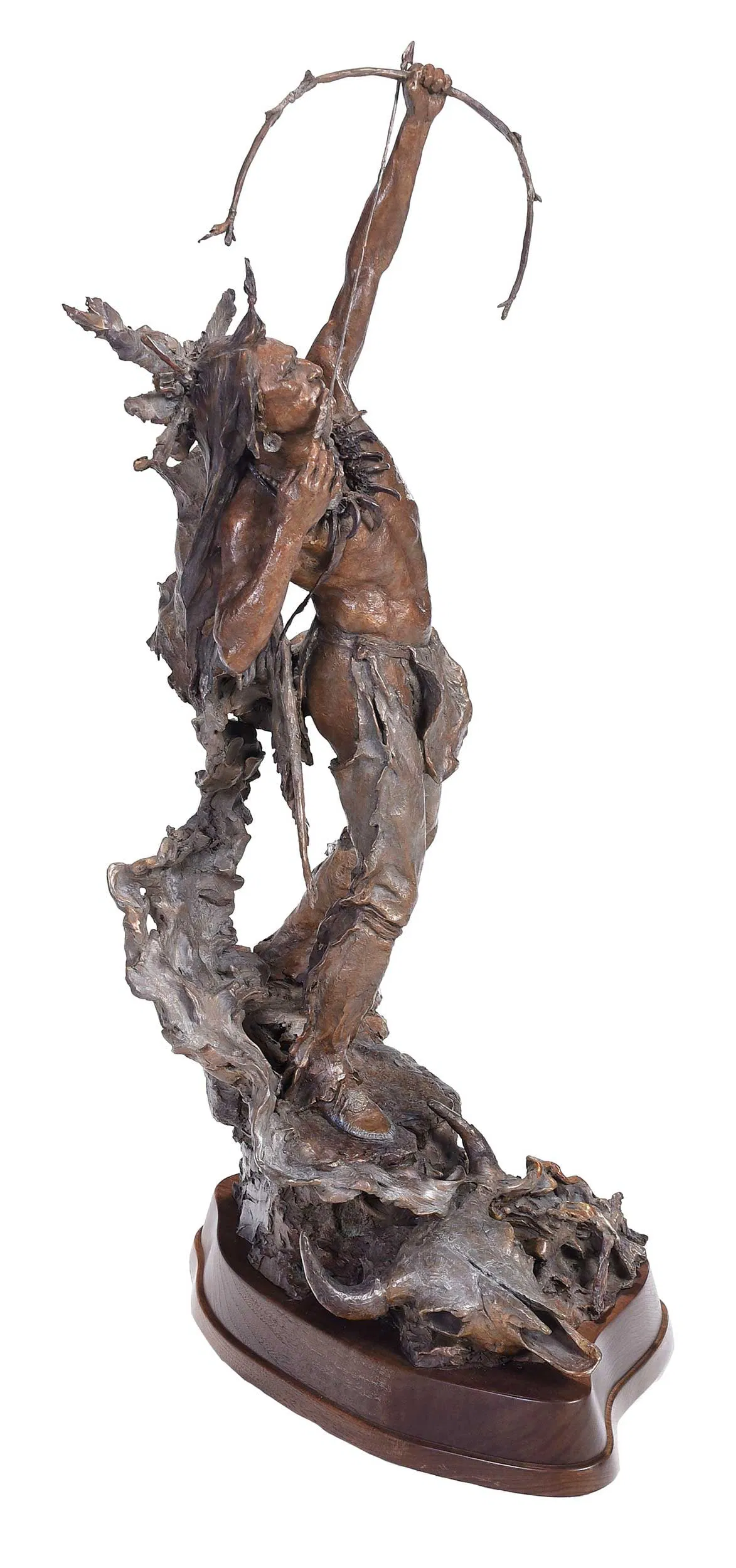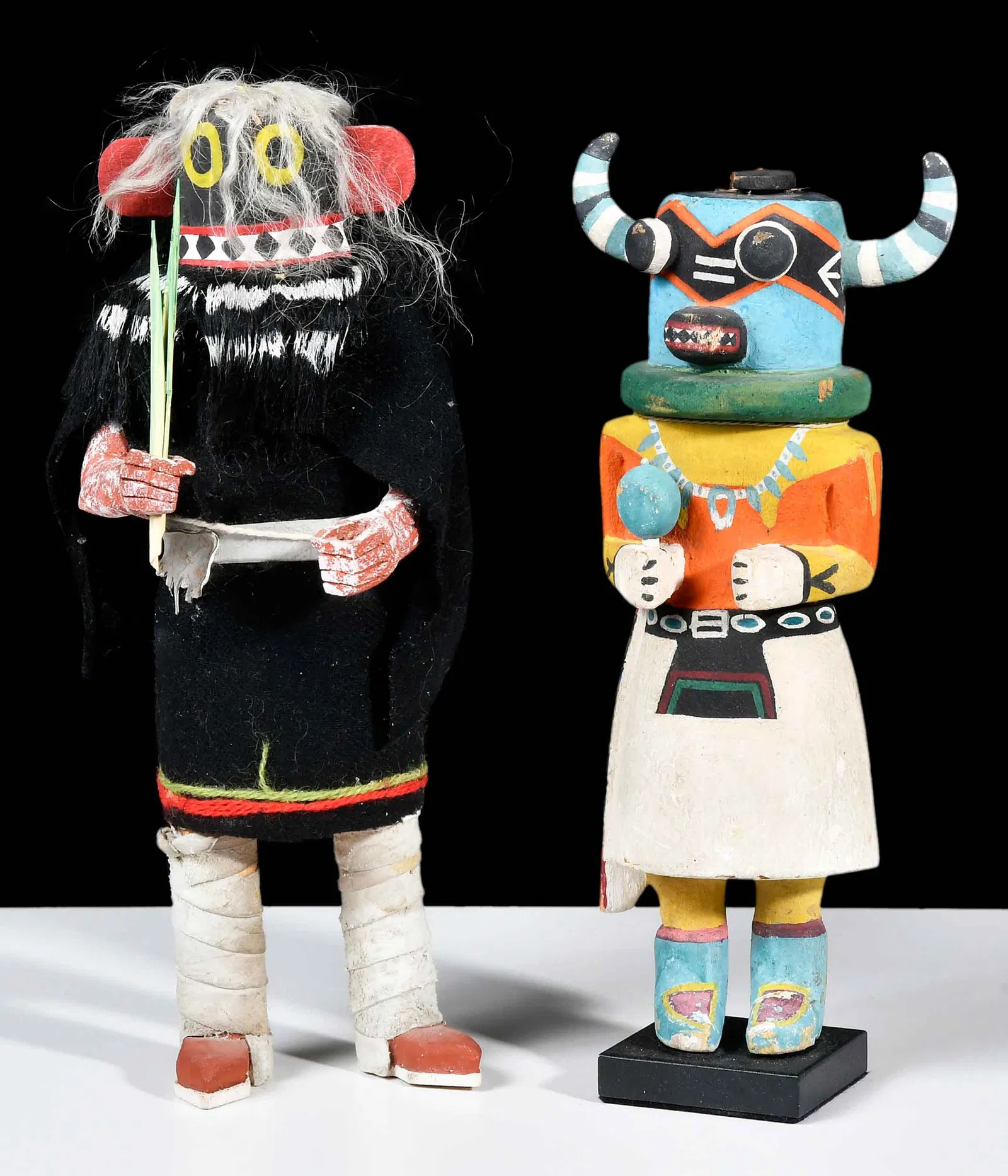A collection of fine jewelry, timepieces, and couture from luxury brands such as Cartier, Valentino, and David Yurman will soon come to the market with Everard Auctions & Appraisals. The Jewelry and Couture Auction on February 27, 2025 highlights nearly 450 lots. Check out some of the top items before placing a bid.
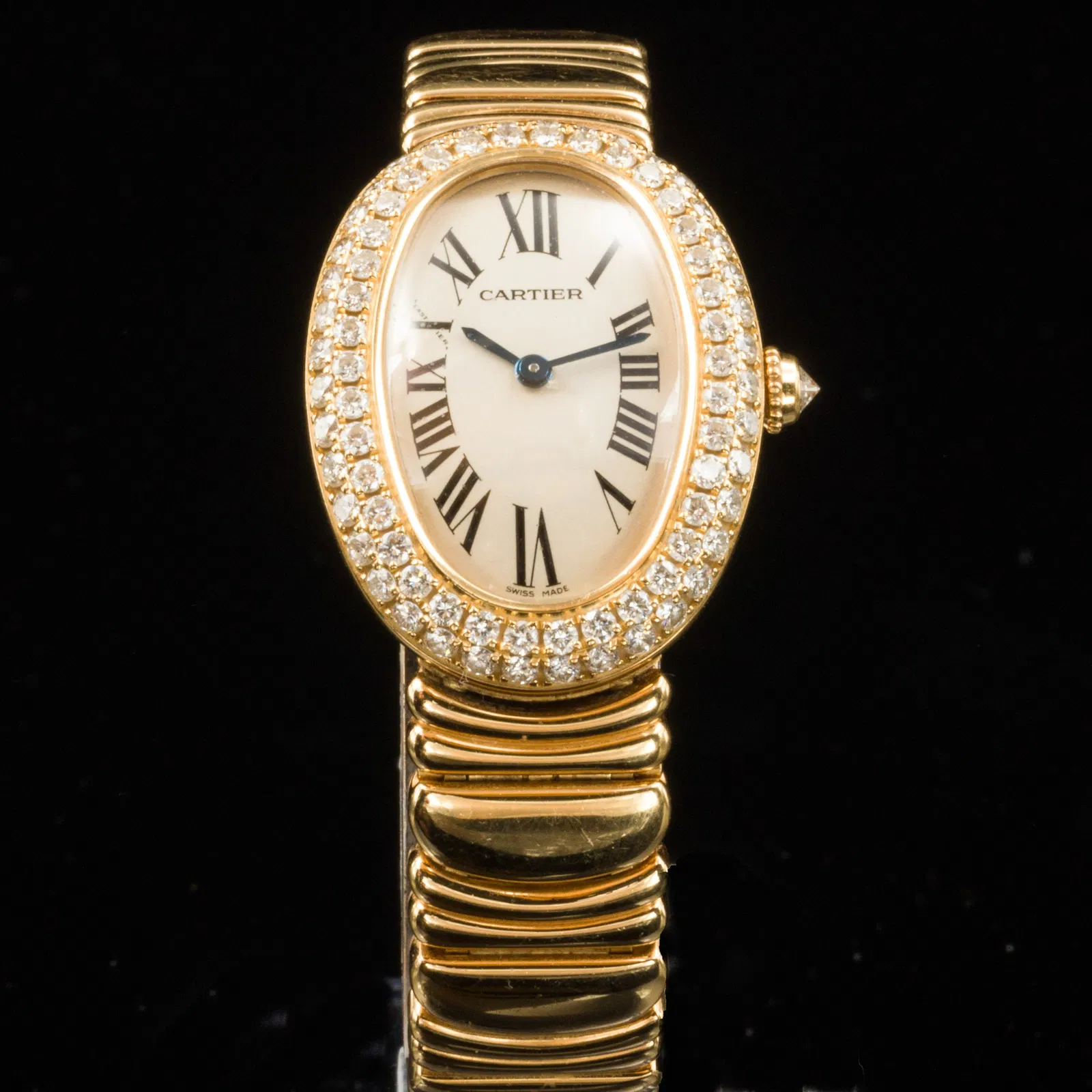
Cartier Wristwatch
Among the top lots in this upcoming event is an 18-karat yellow gold and diamond ladies’ wristwatch from Cartier (lot #768; estimate: USD 10,000 – $15,000). This example features an oval-shaped dial ringed with round-cut diamonds. The dial’s shape stretches the Roman numerals on the face, giving an elongated and whimsical effect. An inscription on the watch indicates it was produced in 1954.
Cartier’s watchmaking division has a long history, stretching back to the early creations of company founder Louis-François Cartier. Joining aesthetic elegance with accurate timekeeping, Cartier watches often push the boundaries of form by responding to shifting fashion trends. These timepieces were already a coveted force in the luxury market by the mid-20th century.
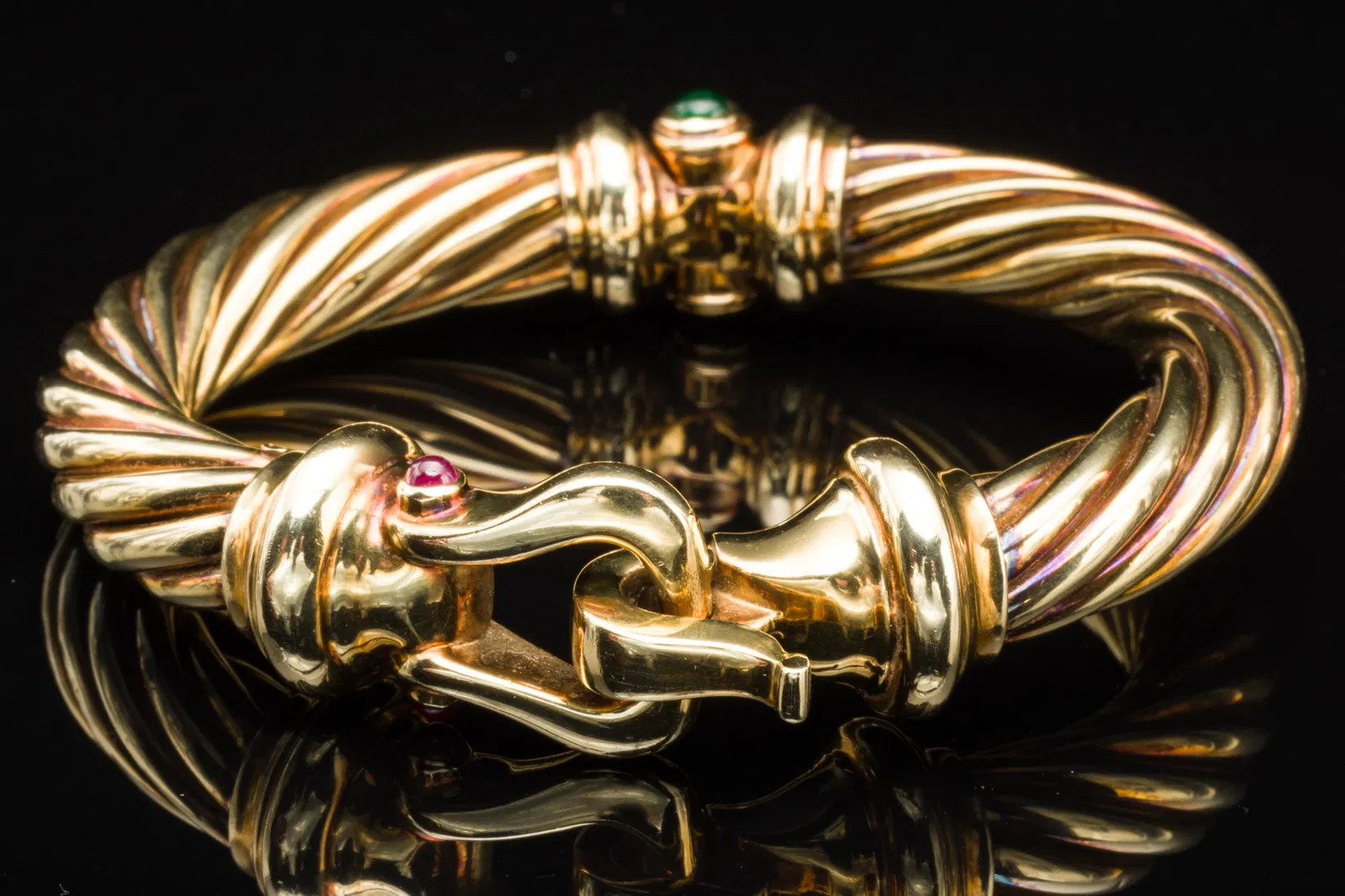
David Yurman Cuff Bracelet
Among jewelry lots, a 14-karat gold and semi-precious stone cuff bracelet is particularly notable (lot #748; estimate: $2,000 – $3,000). Produced by David Yurman, this bracelet is composed of twisted yellow gold with a hook clasp. Two rubies accent the piece, which also bears a David Yurman maker’s mark.
The available cuff bracelet employs David Yurman’s signature cable bracelet design with its twisted precious metal and clasp closure. Launched in 1983, the cable bracelet was among the brand’s first commercially successful designs, and it remains popular today. The brand’s contemporary designs interweave cables with other styles, layering the bands, crossing them over, and pairing them with unusual gemstones, as seen in the present lot from Everard Auctions & Appraisals.
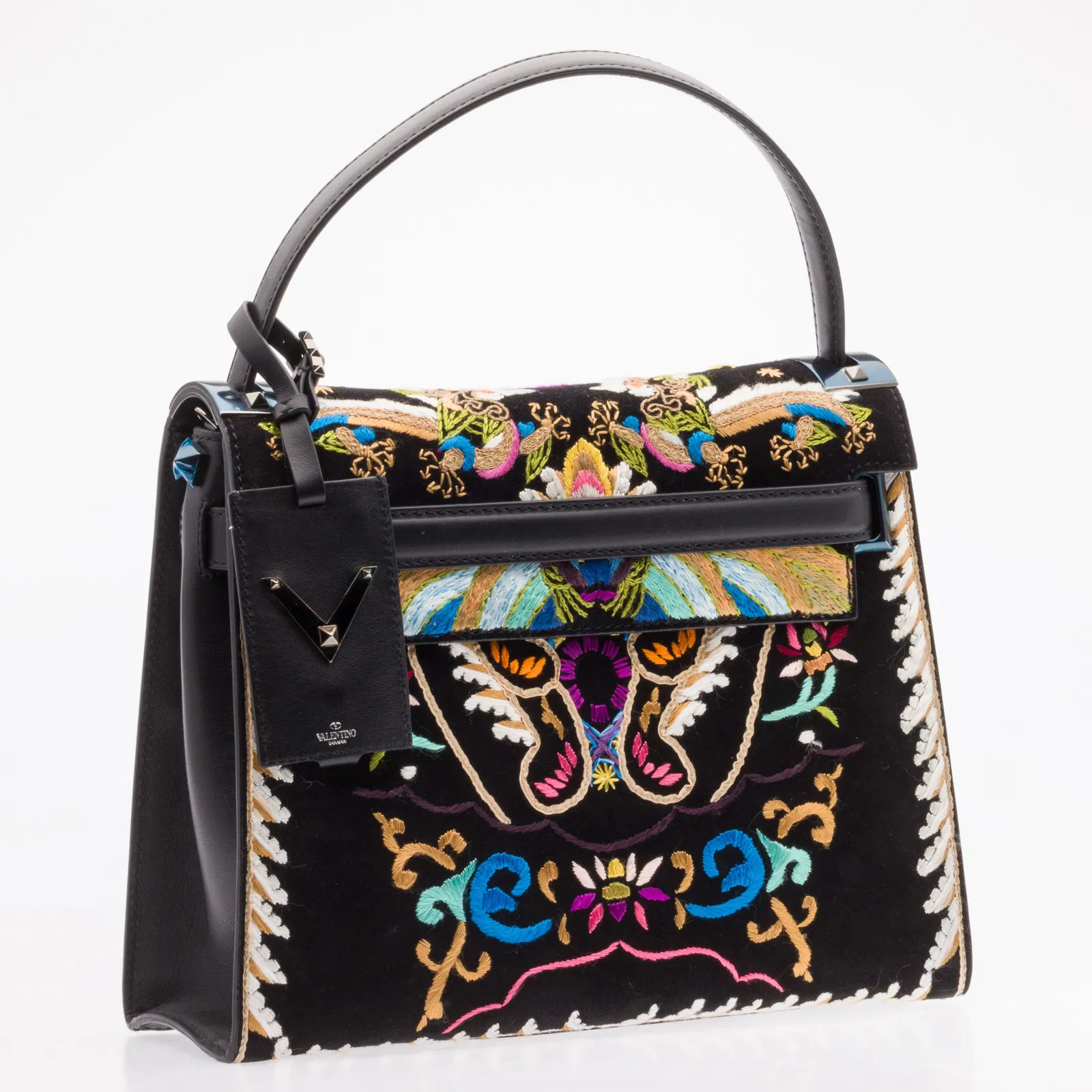
Valentino Rockstud Handbag
Collectors will find a range of couture items and luxury handbags in this catalog, including a suede chain stitch embroidered Rockstud handbag from Valentino (lot #961; estimate: $1,500 – $2,500). This statement bag is notable for its colorful embroidery and stud hardware. It measures approximately 10 inches high and 12 inches wide with a flap closure and interior zippered pocket. This bag comes to auction with a Valentino luggage tag, a dust bag, care instructions, and extra thread.
This modern purse belongs to Valentino’s iconic Rockstud collection. First introduced in 2010, Rockstud shoes and purses are adorned with sharp metallic details inspired by the rusticated masonry of Rome. The resulting style offers an elegant yet subversive fashion statement. Valentino has also produced a line of these embroidered Rockstud bags, which contrast the blocky hardware with effusive, organic embroidery.
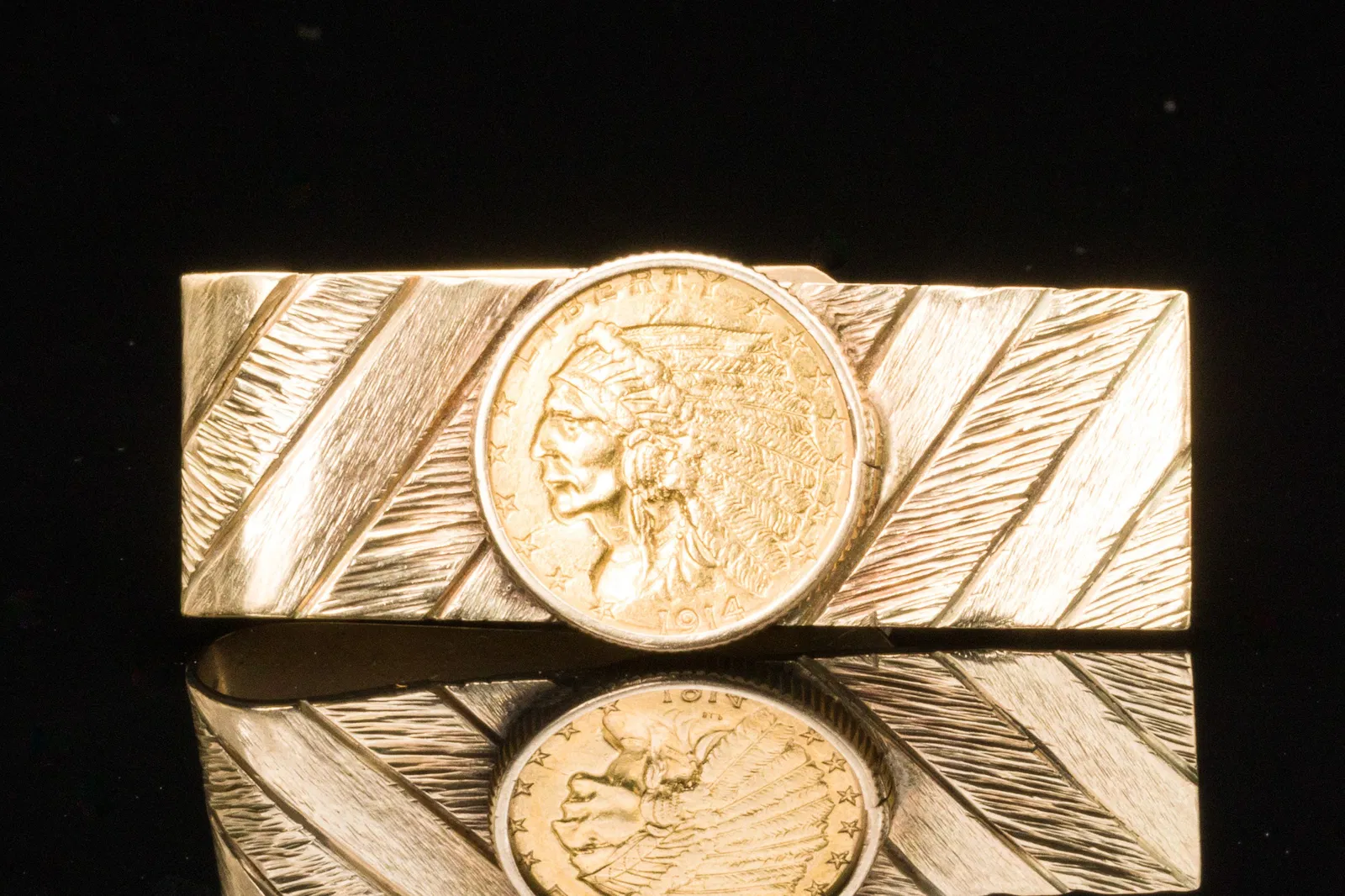
Money Clip with Indian Head Coin
Other collectible luxury items in this sale include a 14-karat yellow gold money clip mounted with a 1914 Indian Head gold piece (lot #740; estimate: $600 – $800). This unusual clip is textured along diagonal stripes and stamped “14K” on the reverse. The money clip displays the coin’s front, depicting a Native American man wearing a headdress and shown in profile.
American coinage has long featured Native American iconography, which long appeared on Indian Head pennies. These were produced by the United States Mint from 1859 to 1909. Efforts to beautify American coinage by President Theodore Roosevelt in the early 1900s led to the redesign of many pieces. The classic Indian Head pattern was reinvented by sculptor Bela Lyon Pratt for quarter eagle (two and a half dollars) and half eagle (five dollar) coins in 1908. These gold coins were produced until 1929 and are rare collectibles today.
Everard Auctions & Appraisals’ February Jewelry and Couture Auction will begin at 10:00 AM EST on February 27, 2025. To find more information on each of these lots and to register to bid, visit Bidsquare.
Find additional coverage of this sale– and other auction world news– on Auction Daily.

